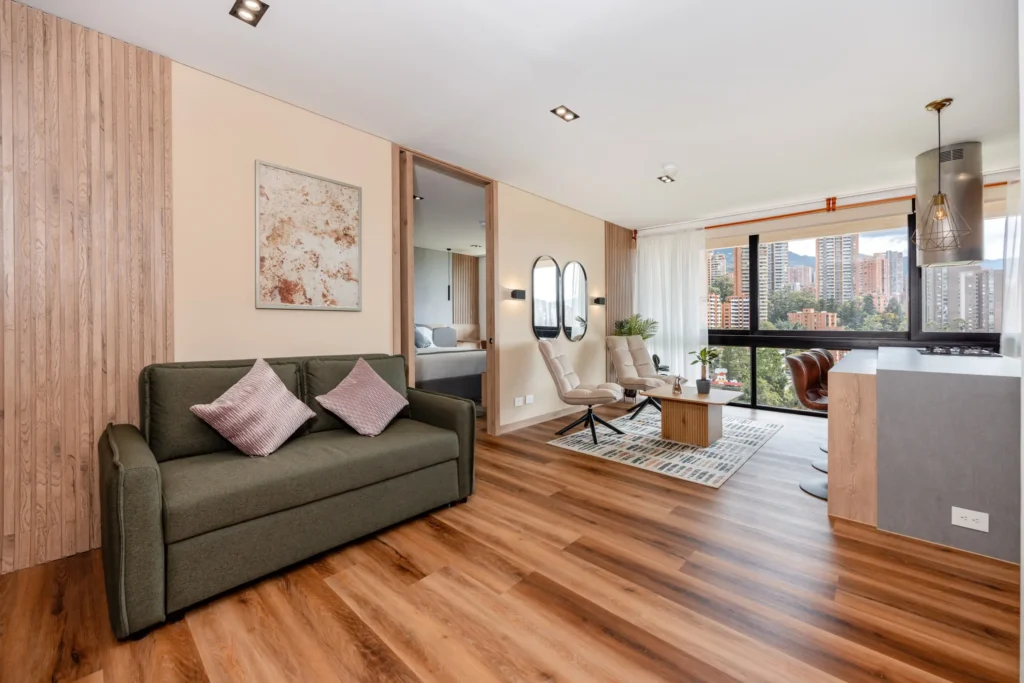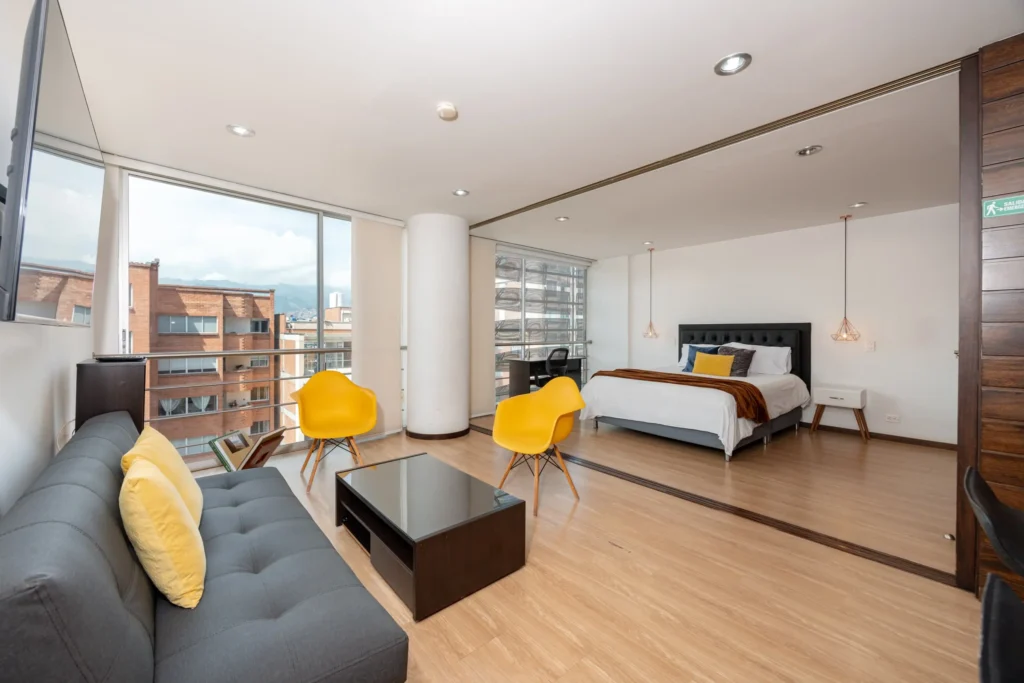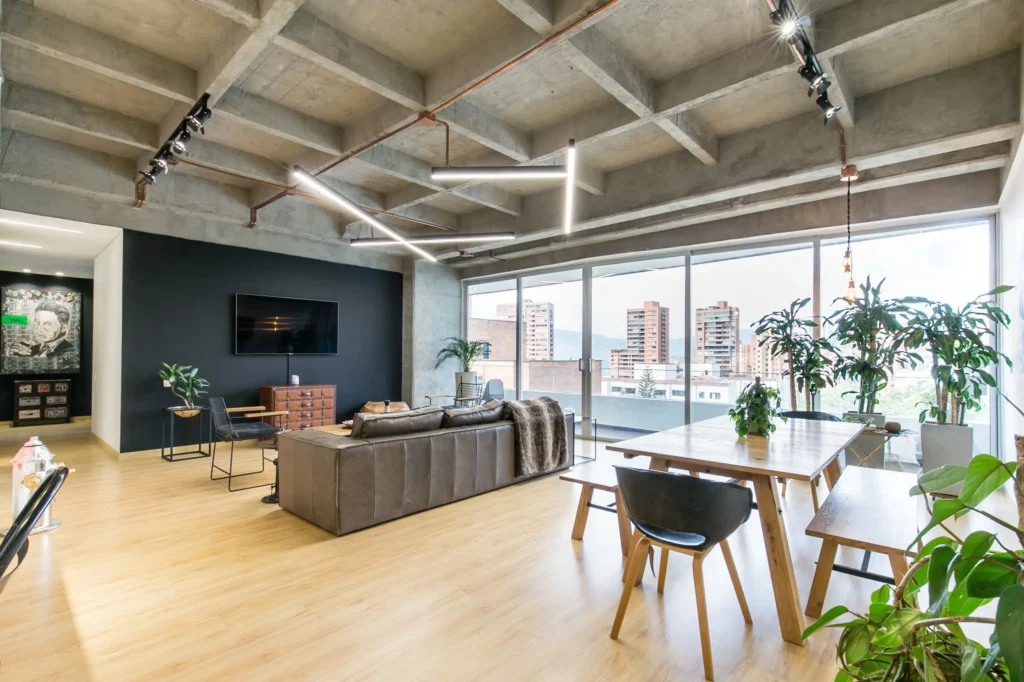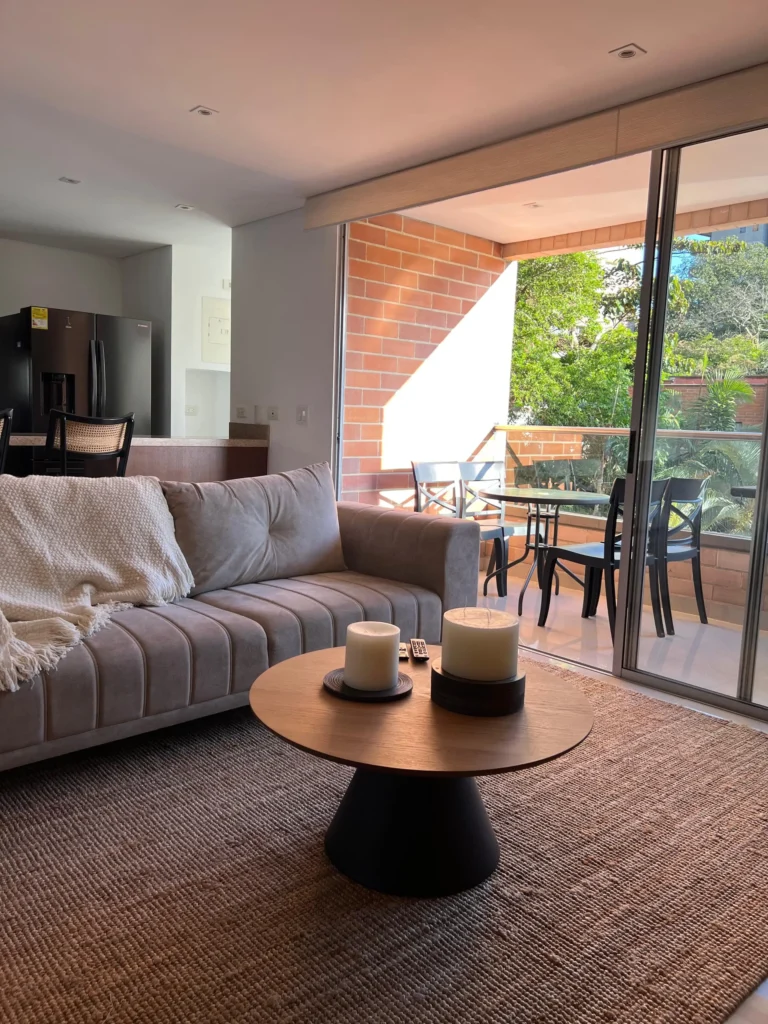TLDR? Medellin women have contributed to the right to vote and many more benefits for women and today’s society.
Currently, many women keep the city of eternal spring up, such as the BMX star Mariana Pajón.
But, who opened the way for the women of the present?
The city now known as Medellín had to go through different processes to be the tolerant city it is now.
In the 30s, women finally conquered the right to equality in education, despite still being discriminated against.
Political achievements such as the right to vote in a presidential election led naturally to the assignment of women to important positions, from the first minister of education to the first woman governor of Antioquia in the 80s.
Here I’ll talk about some of the women who made a difference in Medellin and women’s history. Keep reading and learn more about this great city!
A Bit About Women’s Struggle in Medellin
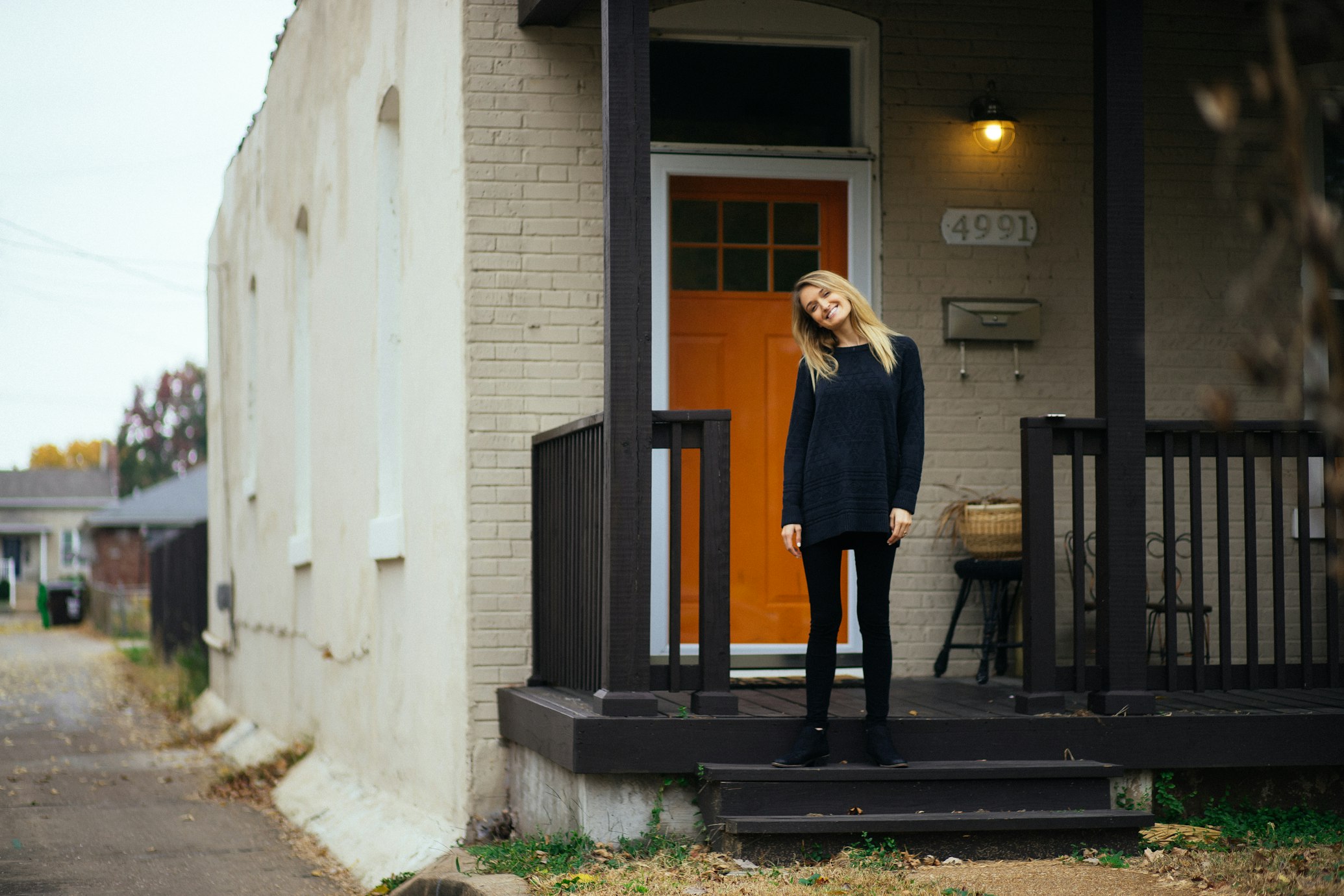
Historically, paisa women were only allowed to play the submissive housewife’s role. Changing this social thinking was a long process.
Another issue felt deeply by certain women was slavery, which was legal in Colombia until 1851.
They were looked down upon and exploited at work. The women of the early XIX century were the ones who had to assume the weight of the heavy workload derived from the industrialization of the region.
If, on the other hand, they had resources to study, their intellect and participation weren’t considered valuable.
But several paisa women raised their voices and fought for political participation at a time when demanding human rights was considered terrorism by mainstream macho and colonial society.
Today’s gender diversity in Medellin owes its success to these warriors. Let’s meet some of them.
Some Historical Figures
For many years the fear of being rejected didn’t allow women to rebel against patriarchy.
However, some women overcame fear and were brave without using violence, leading the culture, art, politics, and sense of humanity.
Here are some women who made history in the city of Medellin and its surroundings.
Débora Arango
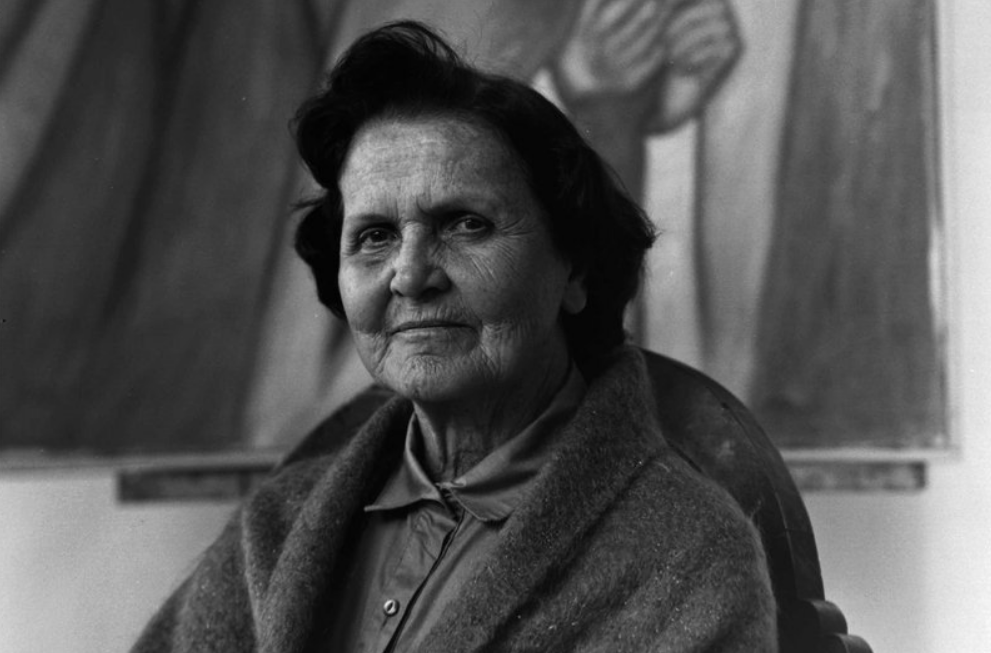
Arango was an artist and feminist of the last century whose immortal works were censored until the 70s due to their strong criticism of politics and the military administration.
She’s known for being the first Colombian woman to make paintings with nudes. She was decorated more than once for her contribution to regional culture.
You might recognize her from the image of the 2,000 COP bills.
One of her most famous and controversial paintings is The Nuns and the Cardinal. Recreated as a monument by the Colombian sculptor Juan Fernando Torres Gómez, you can visit it at the Débora Arango Cultural Park in Envigado.
In the Modern Art Museum of Medellín, you can find and admire more than 200 of her works.
Luz Castro de Gutiérrez
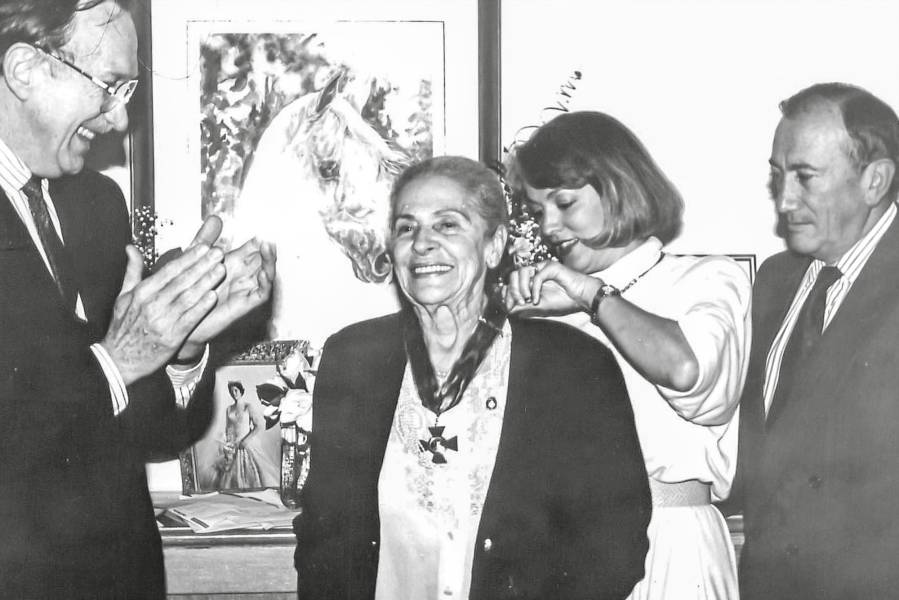
Luz was an outstanding nurse and politician who helped improve conditions in the community of Antioquia.
Her work provided a better life quality to the most vulnerable. She helped found the General Hospital of Medellín that currently bears her name.
Within the male political environment, she stood out as a councilor in two different periods.
Through her two careers, she contributed to society by helping women, and children by creating foundations, a blood bank, and protection centers, benefiting thousands of people in the city.
Maria Teresa Gómez Arteaga

Teresita Gómez is one of the best pianists in Colombia.
This great artist contributed to the city of paisa through the world of music, opening doors to women and people of color since she had to endure racism and misogyny in her time.
She’s still alive and inspires many musicians in training. She has been a teacher at different universities and has several Colombian decorations.
Laura Montoya
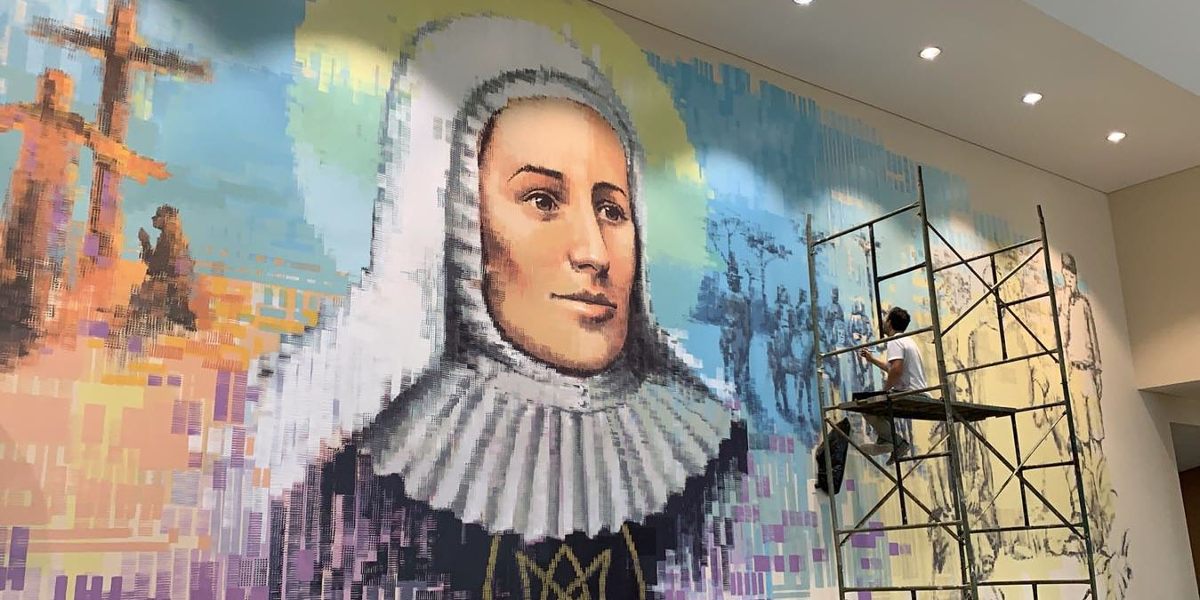
Medellín has its saint too!
Although Laura’s mother was born in Jericó Antioquia, she spent a large part of her life in Medellín, where she managed to train as a teacher, educating different Christian generations.
At the beginning of the 90s, she founded an entire religious family breaking the molds of the time, integrating brave women who wanted to dedicate their lives to promoting the love of God to the less favored.
She died in Medellín and was beatified in 2013.
María de Los Angeles Cano Marquez

Born in Medellín, Maria Cano was Colombia’s first female political leader.
She fought for civil and working rights, improving the workers’ and women’s conditions of her time.
You can find streets, universities, and educational institutions in Antioquia that carry her name.
Rosita Turizo de Trujillo

Throughout her career as a lawyer, Rosita was a women’s activist, promoting equality and women’s rights, including the right to vote.
She was part of the struggle to access education, to elect and be elected, and to have jobs with equal pay for women. Maybe you didn’t know it, but women in Colombia have only had the right to vote for a little over 60 years.
Her foundation that fights for women’s rights in Medellín is still maintained.
Benedicta Zur Nieden
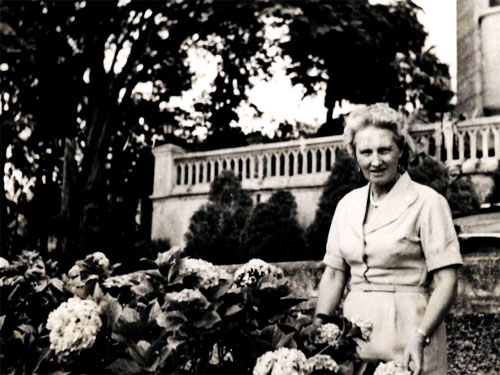
Did you know that the El Castillo Museum was an inhabited mansion before it became a museum?
This place used to be the mansion of this great benefactor who contributed through her assets by donating her land.
Together with her husband, Benedicta Zur Nieden contributed to several Antioquian companies before retiring to her native Germany, where she died only receiving her pension as a citizen.
Betsabé Espinal

Espinal drastically changed the work environment for the women of Medellín. She was a union leader for the country’s first workers’ strike in 1920.
Around 400 women participated in the strike, without including men, to improve their working conditions.
In honor of Betsabé, there are currently educational institutions with her name.
Berta Zapata Casas

Mrs. Berta Zapata was one of the first women to break societal patterns through education.
She was the first woman to graduate from the University of Antioquia’s law school, marking a milestone for paisa women in the history of professional preparation.
She wasn’t only the first lawyer but also the first woman to hold the magistrate position in the supreme court of justice of Colombia.
Ana María Martínez de Niesser

Ana María was a writer recognized in the Antioquia region as a heroine.
She marched with soldiers in a battle defending the territory in a small town in Antioquia.
Motivated by her husband’s imprisonment during the Antioquia rebellion, she wore the military uniform (something unusual for her time), making her the first woman to participate as a soldier in a war.
During her participation, along with other women, she helped make cartridges so that the soldiers would have ammunition and win the battle.
For her performance, she received a decoration in the city of Medellín. She wrote a book telling her story and is known in Bogotá for possibly being the first woman to publish a book in Colombia.
Mrs. Ana María died in Medellín in 1872. Her remains are in the cemetery of San Lorenzo.
Institutions for Women
The women of Medellín formed small and large groups to change society and fight for their rights, which motivated the creation of institutions that are still maintained and have grown over the years.
Here are some of them!
Unión de Ciudadanas de Colombia
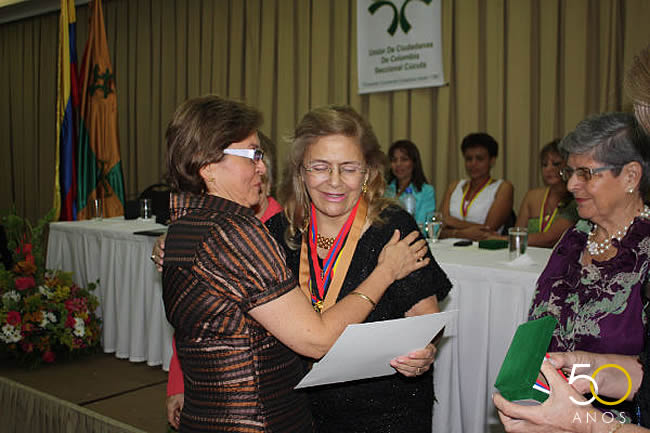
At the end of the 50s, women created The Union of Citizens of Colombia, where they welcomed all the women of the country to train them and help promote and defend their rights.
Intra-Family Violence

Due to the mistreatment women suffered in their homes, another achievement that transformed the lives of the women of Medellín was the creation of family police stations to fight against domestic violence.
These stations have saved the lives of many women.
Feminism
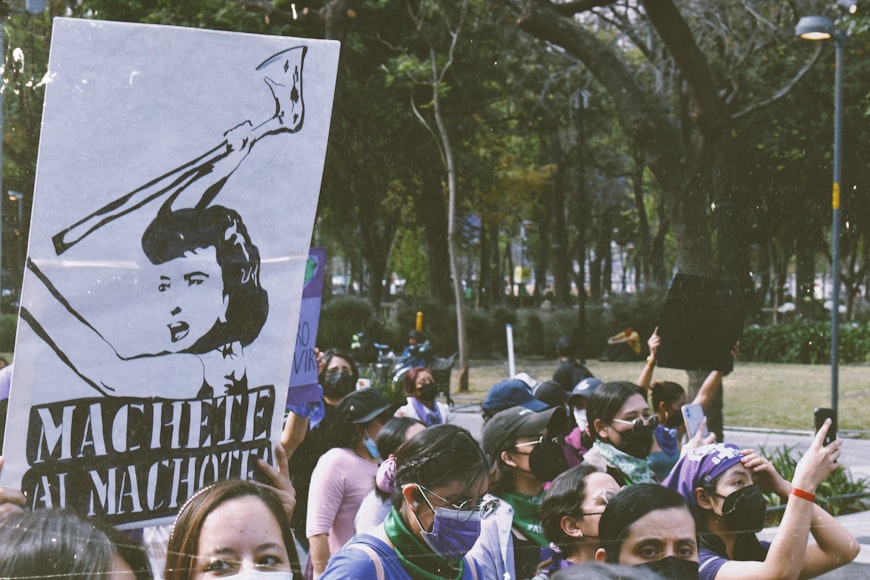
Among other institutions that support women, movements such as “Medellín con M de Mujer” wants to disseminate feminism through digital media and workshops.
One of their measures is rescuing women’s history in Medellin and what they’ve done for society.
Sculptures of Women in Medellin
Medellín honors the most outstanding women of the city and Antioquia through art: you’ll find a street with sculptures of women who’ve made history.
Previously they were located in Aranjuez just behind the Botanical Garden and were known as the “Women’s Corner,” but they were moved to one of the busiest streets in the city so that people could see them better.
You’ll find them in a permanent exhibition on Avenida La Playa, located in La Candelaria, in the center of Medellín.
If you have time to take a walk after visiting the Museo de Antioquia and La Plaza Botero, you can head to see these sculptures. The walk only takes about 15 minutes.
Address: La Candelaria, Medellín, Antioquia
Women in Medellin
Now you’re a little more expert in the history of the city of eternal spring!
Go to Avenida La Playa and honor these women who made the city into what it is today.
If you like this blog, you might like the Casacol Instagram page to keep up with all the new articles. Anything we need to update or correct? Care to contribute? Email us at blog@casacol.co



